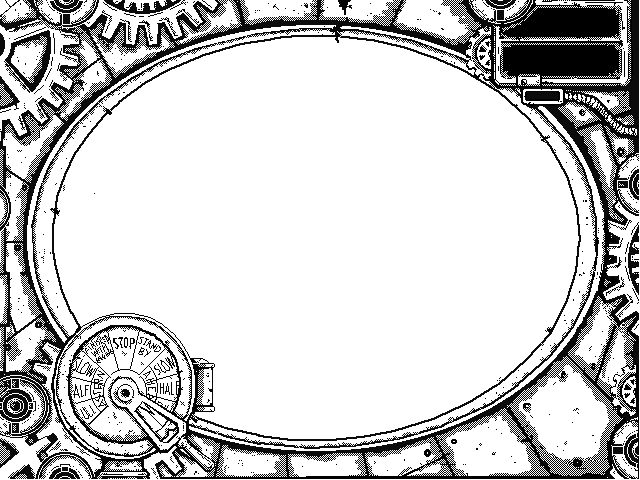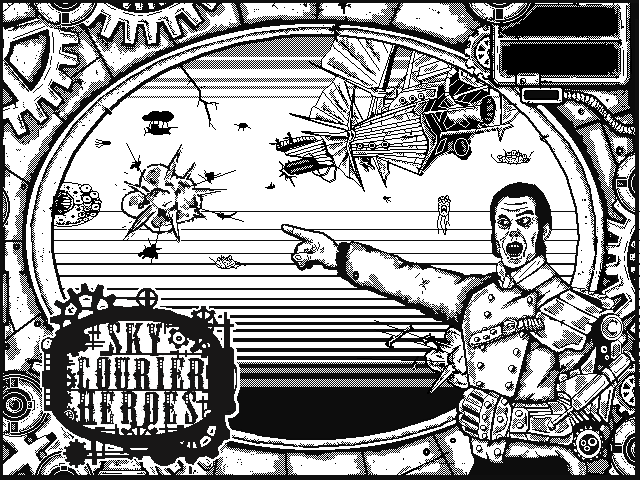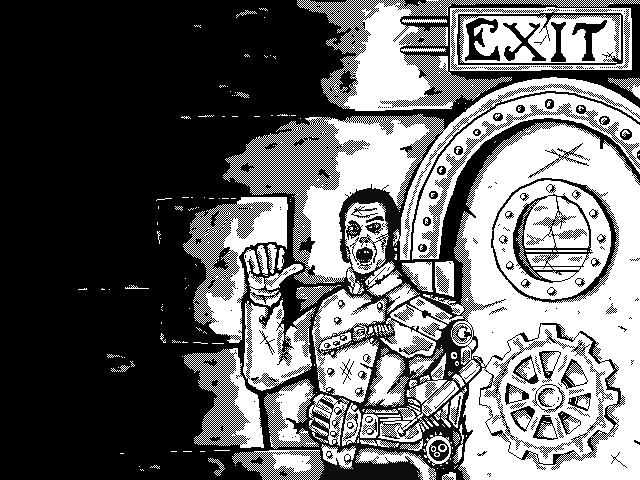Week 4: Rapid Ideation session 1 (Part 1).
- Will Ward
- Nov 1, 2020
- 4 min read
Over the last few weeks, I have been working on the first of this module’s Rapid Ideation Sessions and was expected to create the prototype of an artefact following the week five webinar, where the theme was selected live!

The theme consisted of two different elements: a random theme generator that had been used in a previous Game Jam and a Dixit picture card randomly taken from the deck.
The random theme generator came up with the theme of Basic Arithmetik and the Dixit card had the image of a flying boat with coloured parcels on it.
Immediately, I began having loads of different ideas and wrote them down as quickly as I could and I did this for the next day or so as I knew time (or lack of) would be a massive factor and I knew I wanted to produce something as close to a completed artefact as possible.
My initial ideas can be seen below:

The following day, I decided early on that I would not use the Basic Arithmetik theme and use the card as a starting point. I began by brainstorming by listing down what could be interpreted on the card and creating some rough mind maps, which can be seen below:

I then refined my initial mind map, which I find helps to clarify my ideas and establish what I wanted to achieve and what I thought would be achievable in the time:

After evaluating what could be achieved in the available time against my current coding knowledge, what tutorials were available, how I would use the initial theme and how complete I’d like my artefact to be, I came up with the following Design Brief:
Sky Courier Heroes – playable game demo
Summary: Top down retro stylised pixel art shooter / Asteroids clone, where the player must destroy giant flying squids and sky pirates.
Plot: Sky Courier Heroes, where players take control of a large Airship and must survive the perils Stygian Void to deliver their mysterious cargo. Along the way, players will have to fight off mysterious flying kraken and daring bandits as they navigate their way towards their destination.
Genre: Top down shooter / Asteroids clone
Gameplay: Top down shooter with the player ship isolated in the middle of the screen being attacked from all angles. The player ship shoots from the front of the hull, but controls like an ocean fairing sail ship and is slow to turn, meaning the player must plan ahead and be alert!
Level Design: Large rectangular level, with a death box along the edge (instadeath to stop the player leaving the level) and random off-screen enemy spawning and power up drops (extra crew (lives), shields etc). Players must earn a specific income to move onto the next level.
UI/controls:
Keys:
Left arrow – rotate left
Right arrow – rotate right
Space bar - shoot
Enter – interact (menu)
Art/audio:
Pixel art backgrounds and sprites, sound effects and music
Looking back at this, I can see the ICEDIP method in action, as I’ve clearly began using the Inspiration and clarification processes to begin forming my artefact idea, which I have then evaluated along the way to come up with my final design document.
I then had to apply this method once again to develop the graphical style of the game – which I decided to add the art diversifier “In ink” to, which meant that I could only use black and white in my design – I did, however “cheat” a little with this, as I felt important elements like score and lives could be missed by the player.
As, I felt that the initial theme had an element of Steampunk and possibly Davinci’s flying machines design about it I started by making some mood board to help establish an aesthetic for both my game world and craft designs.
Alongside the Steampunk design, I really wanted to capture the whole 8-bit era of video gaming, so what better way to do this than pay homage to the ZX Spectrum. I researched classic Spectrum games that used monochromatic graphics like; Head over Heels, Knight Lore, Marble Madness, Werewolves of London and 1942.
I also investigated a game called The Caribbean Sail by Victorian Clambake: “A whimsically dark 8-bit adventure about sailing the world in the 1700's”, which uses very low resolution monochromatic graphics.
This research was very useful, as it allowed me to see the limitations and how the developers worked around them. Once I was happy, I understood the technique, I began using PiskelApp to develop my ideas into pixels, the following images show some of the loading, menu and GUI designs and how they were repurposed for various parts in the game.




Overall, I was happy with how the designs came out and feel that they captured both the Steampunk vibe and the ZX Spectrum aesthetic.
In part 2, I'll discuss the development of the in-game sprites and other assets along with my experience using Game Maker studio 2.
References:
Spectrum Computing. (n.d.). Marble Madness at Spectrum Computing - Sinclair ZX Spectrum games, software and hardware. [online] Available at: https://spectrumcomputing.co.uk/index.php?cat=96&id=3032 [Accessed 17 Oct. 2020].
Spectrum Computing. (n.d.). Knight Lore at Spectrum Computing - Sinclair ZX Spectrum games, software and hardware. [online] Available at: https://spectrumcomputing.co.uk/entry/9366/ZX-Spectrum/Knight_Lore [Accessed 17 Oct. 2020].
Victorian Clambake. (n.d.). Media. [online] Available at: https://victorianclambake.com/press-page [Accessed 17 Oct. 2020].
PETTY, Geoffrey. 2017. How to Be Better at ... Creativity. 2nd edn. Raleigh: Lulu Enterprises Inc. Available at: https://amzn.to/3igiMzv.
Spectrum Computing. (n.d.). Head over Heels at Spectrum Computing - Sinclair ZX Spectrum games, software and hardware. [online] Available at: https://www.spectrumcomputing.co.uk/entry/2259/ZX-Spectrum/Head_over_Heels.


Comments